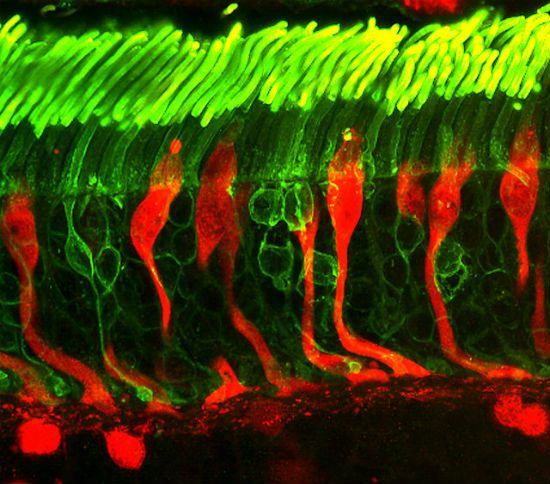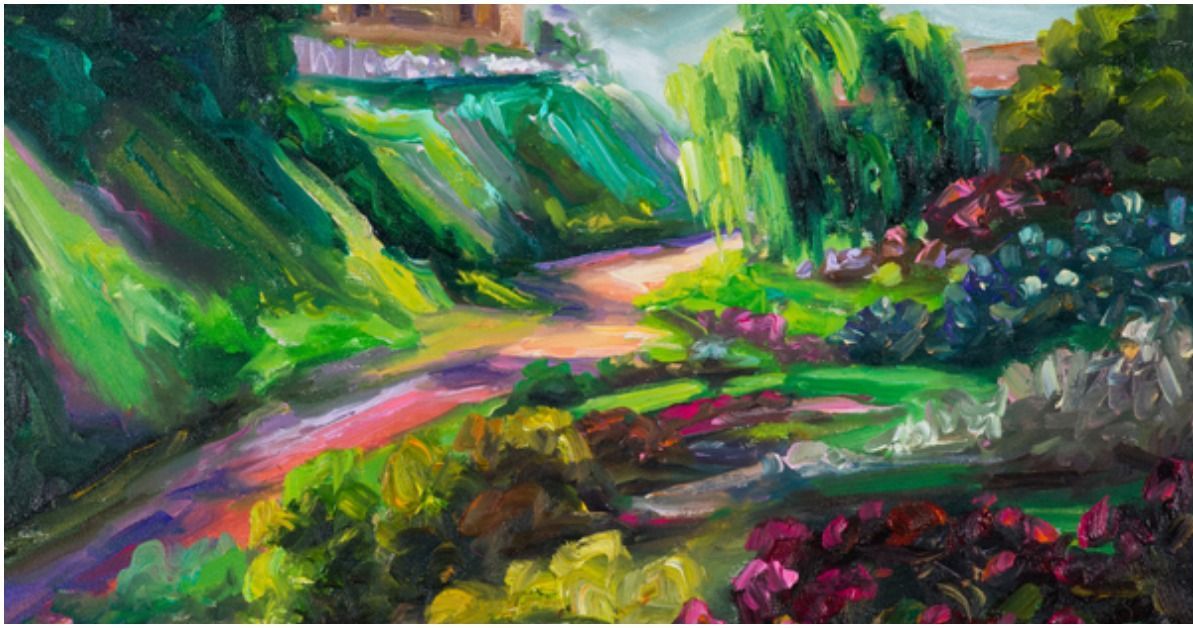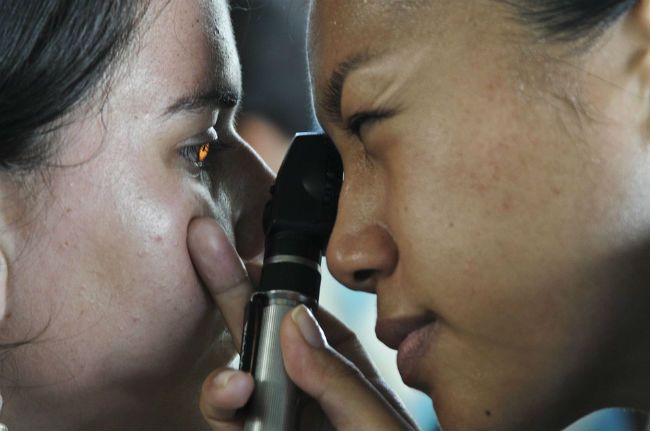Every few months one of those viral debates about the color of a dress, or a shoe, or a dresser tears apart the internet.
These arguments are a silly but fun reminder that our vision is a tricky thing - especially when it comes to telling apart different colors.
Some people just seem to have a knack for telling burnt umber from sienna that the rest of us were born without.
Well, for a small group of women who see 100 times more colors than the average person, that's actually true.
A Quick Biology Lesson

Our eyes have two types of light receptor cells, as in tiny cells that turn light into signals our brain can understand, which is how we see things.
Rods are cells that give us low light vision, useful for looking around at night. But they don't help much with color vision, which is why things seem less colorful in the dark.
Cones require more light than rods, but are used to see in color.
Humans have three types of cones, for red, green, and blue color wavelengths, and we can distinguish about 100 shades of each.

That means with all the color combinations of the three cone types, the average person can distinguish between a million different colors.
It's nothing to sneeze at, but some humans can do even better.
Four Cones Are Better Than Three
While humans have three cones, some animals have more.
Birds, fish, reptiles, insects, and even a few mammals are tetrachromats, meaning they can see shades of four colors, and all the resulting combinations of those colors.
That means a tetrachromat can distinguish between about 100 times more colors than the average person, around 100 million colors altogether.
Here's where things get interesting: humans can be tetrachromats too, or at least a small group of women can.
Women born with a genetic mutation that gives them an extra group of cones are able to distinguish more colors than the rest of us, like the difference between true yellow and the mix of red and green.
To imagine the difference between yourself and a tetrachromat woman, try to think that you have color blindness, while she can see shades that you can't.
About 12% of all women are believed to be tetrachromats, but it is probably more common in women with Northern European ancestry.
Another curveball is that some women with four cones may not be able to use them.
Only a small number of women born with extra cones have been proven to have the special vision, and more research is being done to understand why.
"It's like a mosaic of color."
Only a test of your eyes can truly determine if you're a tetrachromat. It seems that some women with the mutation just can't see the different colors that they're supposed to.
Or, their brains may not be able to recognize all those extra hues.
Plus, it might simply be hard to find examples of those rich, beautiful colors only they can see in a world where most people wouldn't recognize them.
"Most of the things that we see as colored are manufactured by people who are trying to make colors that work for trichromats [a person with thee cones]," explained University of Washington vision researcher Jay Neitz.
"It could be that our whole world is tuned to the world of the trichromat."
For a hint of what a tetrachromat's world might actually look like, we can turn to the work of painter Concetta Antico.

She is a confirmed tetrachromat who explores her rare gift on the canvas.
Antico says that for her, a leaf is never just "green."
"Around the edge I'll see orange or red or purple in the shadow; you might see dark green but I'll see violet, turquoise, blue," she explained.
"It's like a mosaic of color."
[H/T: BBC, Discover Magazine, Popular Science,





